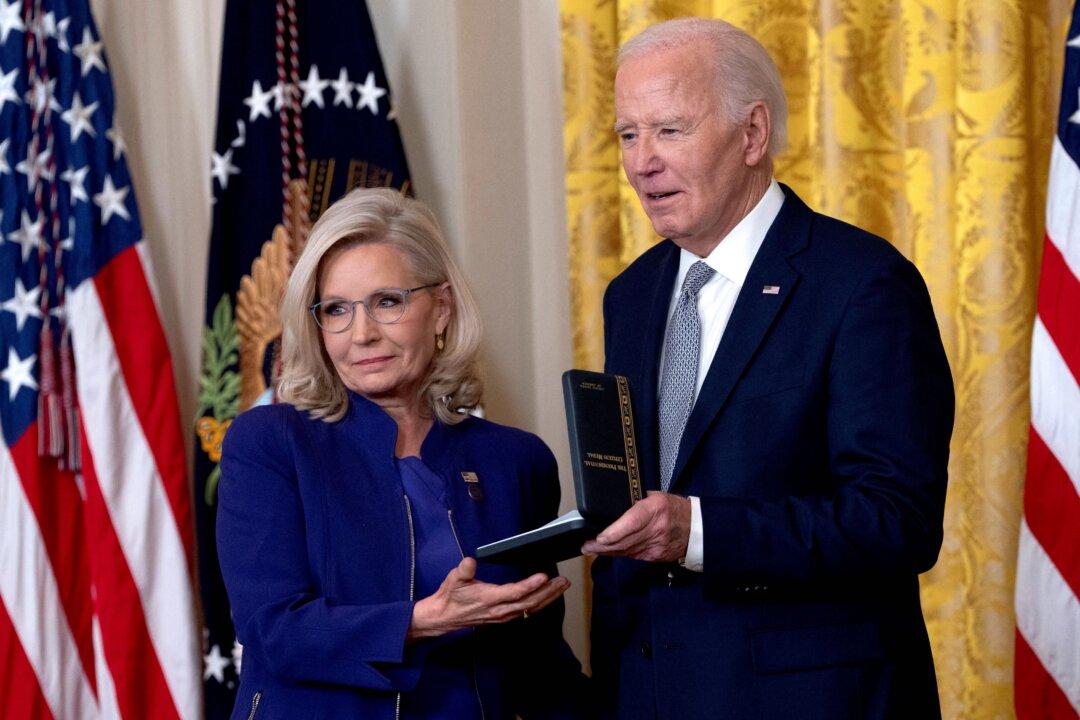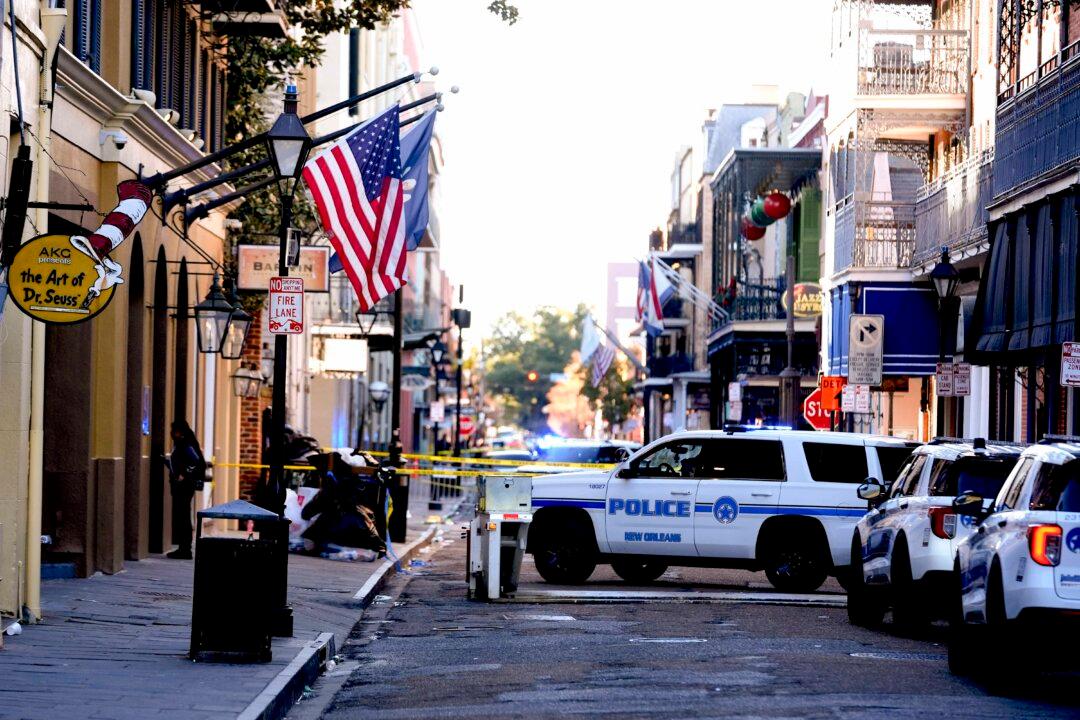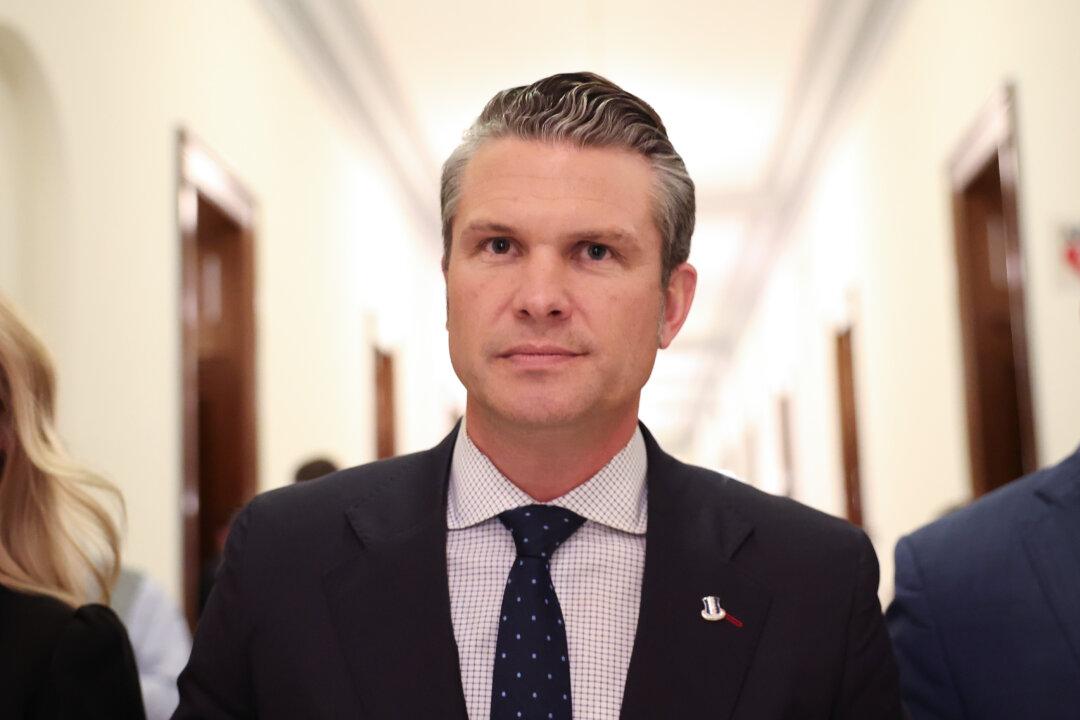Crews are racing against time to rescue people trapped under rubble following a series of devastating earthquakes that struck Japan on New Year’s Day, killing at least 55 people, knocking down structures, and leaving thousands without power.
At least 55 people have been confirmed dead so far, all in Ishikawa prefecture, according to officials. Many of those killed are in Suzu and Wajima, near the epicenter of the quake, where the highest tsunami of over 1.2 meters (4 feet) was recorded in Wajima City’s port. Japanese government spokesperson Yoshimasa Hayashi told the media that several houses have been destroyed, leaving people trapped and an unknown number injured.
Japanese Prime Minister Fumio Kishida told reporters late on Monday that it was proving difficult for search and rescue teams to reach the worst-affected areas due to blocked roads and other damage. He said the Japanese government will continue to share information as it becomes available.
“To secure the route there, we are to mobilize all the means of transport, not only on the ground but also by aerial and marine transport. We have been making an effort to transfer goods, supplies, and personnel there since last night,” Mr. Kishida said.

Tsunami Warnings
JMA initially issued tsunami warnings for Niigata and Toyama prefectures as well, with a major tsunami warning for Ishikawa. However, the warnings were later downgraded to an advisory and removed by Tuesday morning. Over 100,000 people across nine prefectures were instructed to evacuate to higher ground, according to the Fire and Disaster Management Agency.
Nuclear Concerns
Japan has been rocked by more than a few earthquakes over the years, with the worst by far coming on March 11, 2011. Nearly 20,000 people were killed, destruction was widespread, and a nuclear meltdown was even triggered in Fukushima.After this latest incident, Japan’s Nuclear Regulation Authority has reported no irregularities at nuclear power plants along the Sea of Japan, including five active reactors at Kansai Electric Power’s Ohi and Takahama plants in Fukui prefecture. Hokuriku’s Shika plant in Ishikawa had reportedly already halted its two reactors before the quake and has seen no impact.
According to The Yomiuri Shimbun newspaper, water from the fuel pools in two reactors at the Kashiwazaki-Kariwa nuclear power plant in Niigata Prefecture spilled over due to the earthquakes. Tokyo Electric Power Company Holdings Inc (TEPCH) is reportedly measuring the radiation levels in the spilled water.
Surrounding countries have also been affected by the earthquakes. North and South Korea issued tsunami alerts for their eastern coastal areas, while Russia issued a tsunami warning for the western coastal region of Sakhalin in the Far East.

U.S. President Joe Biden said the United States is willing and able to help all the people of Japan who were impacted by the natural disaster.
In a Jan. 1 statement, President Biden said his administration is already in contact with the Japanese government to offer its assistance.
“My administration is in touch with Japanese officials, and the United States stands ready to provide any necessary assistance for the Japanese people,” President Biden said.
“As close Allies, the United States and Japan share a deep bond of friendship that unites our people. Our thoughts are with the Japanese people during this difficult time,” he added.
To date, the largest earthquake ever recorded was a magnitude of 9.5 on May 22, 1960, in Chile, lasting 10 minutes and killing up to 6,000 people. The resulting tsunamis were also reported to have affected Hawaii, Japan, the Philippines, New Zealand, and Australia.







